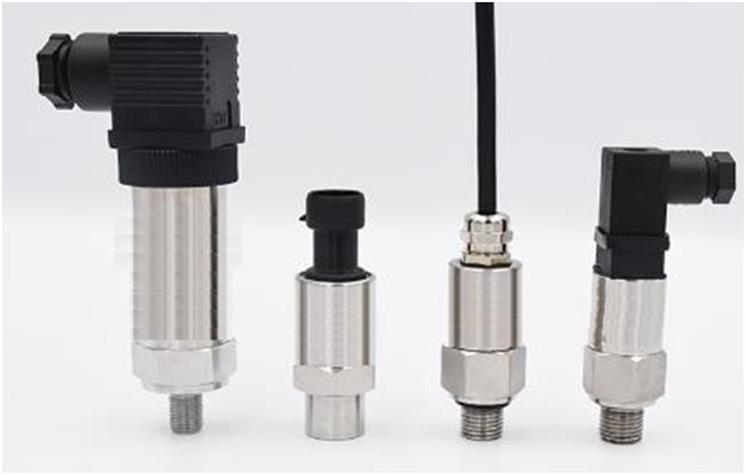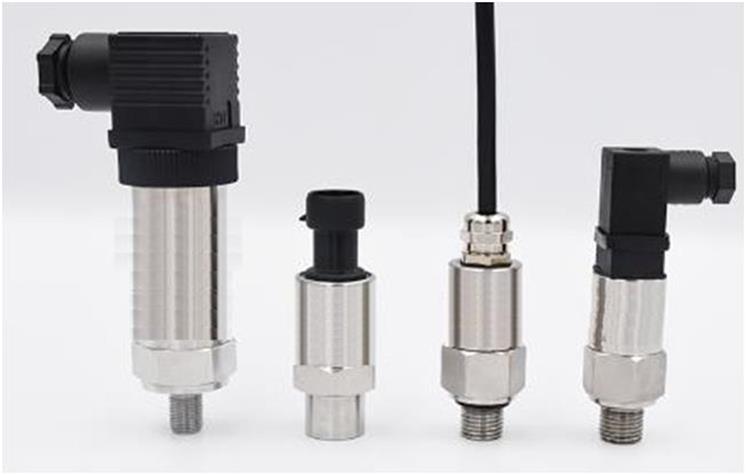Explore the evolution of pressure sensors

A pressure sensor is a device that senses pressure and converts it into a readable signal. It plays a vital role in modern technology and industry. To understand the development history of pressure sensors, we need to review their origins and evolution.

The history of pressure sensors dates back to the early 19th century when scientists began studying the properties of gases and liquids and trying to find a way to measure their pressure. During this period, the earliest pressure sensors were designed based on the spring and lever principle, measuring pressure indirectly by measuring the deformation of the spring or lever. Although simple, these early pressure sensors laid the foundation for later developments.
With the continuous advancement of science and technology, at the beginning of the 20th century, with the development of electronic technology, pressure sensors began to become electronic. During this period, the working principle of pressure sensors gradually changed from mechanical to electronic, using resistors, capacitors, inductors, and other components to measure pressure. Although the pressure sensors of this period had limited accuracy and sensitivity, they laid the technical foundation for subsequent developments.
From the 1950s to the 1970s, with the development of semiconductor technology, pressure sensors ushered in new breakthroughs. The emergence of semiconductor pressure sensors has greatly improved the accuracy and sensitivity of pressure sensors, while also greatly reducing their size and expanding their application scope. Pressure sensors during this period have been widely used in industrial automation, automobile manufacturing, aerospace, and other fields.
Entering the 21st century, as microelectromechanical systems (MEMS) technology continues to mature, miniature pressure sensors have gradually become mainstream. The application of MEMS technology has further reduced the size and cost of pressure sensors, while also making great progress in accuracy and stability. The emergence of micropressure sensors allows them to be widely used in medical equipment, smart wearable devices, and other fields.
In the future, with the continuous development of new materials, new processes, and artificial intelligence technology, pressure sensors will usher in greater room for development. For example, the application of nanomaterials will further improve the sensitivity of pressure sensors, and the application of artificial intelligence technology will also make pressure sensors more intelligent and adaptive.
In general, pressure sensors have experienced a development process from mechanical to electronic to miniaturization and intelligence. Its development is inseparable from the advancement of science and technology and the promotion of industrial needs. It also benefits from the cross-integration of materials science, electronic technology, semiconductor technology, and other fields. The development history of pressure sensors fully demonstrates mankind's unremitting pursuit of technological innovation and also shows us the development direction and potential of pressure sensors in the future.
https://www.dejintech.com/Explore-the-evolution-of-pressure-sensors.html
- Art
- Causes
- Crafts
- Dance
- Drinks
- Film
- Fitness
- Food
- Игры
- Gardening
- Health
- Главная
- Literature
- Music
- Networking
- Другое
- Party
- Religion
- Shopping
- Sports
- Theater
- Wellness


